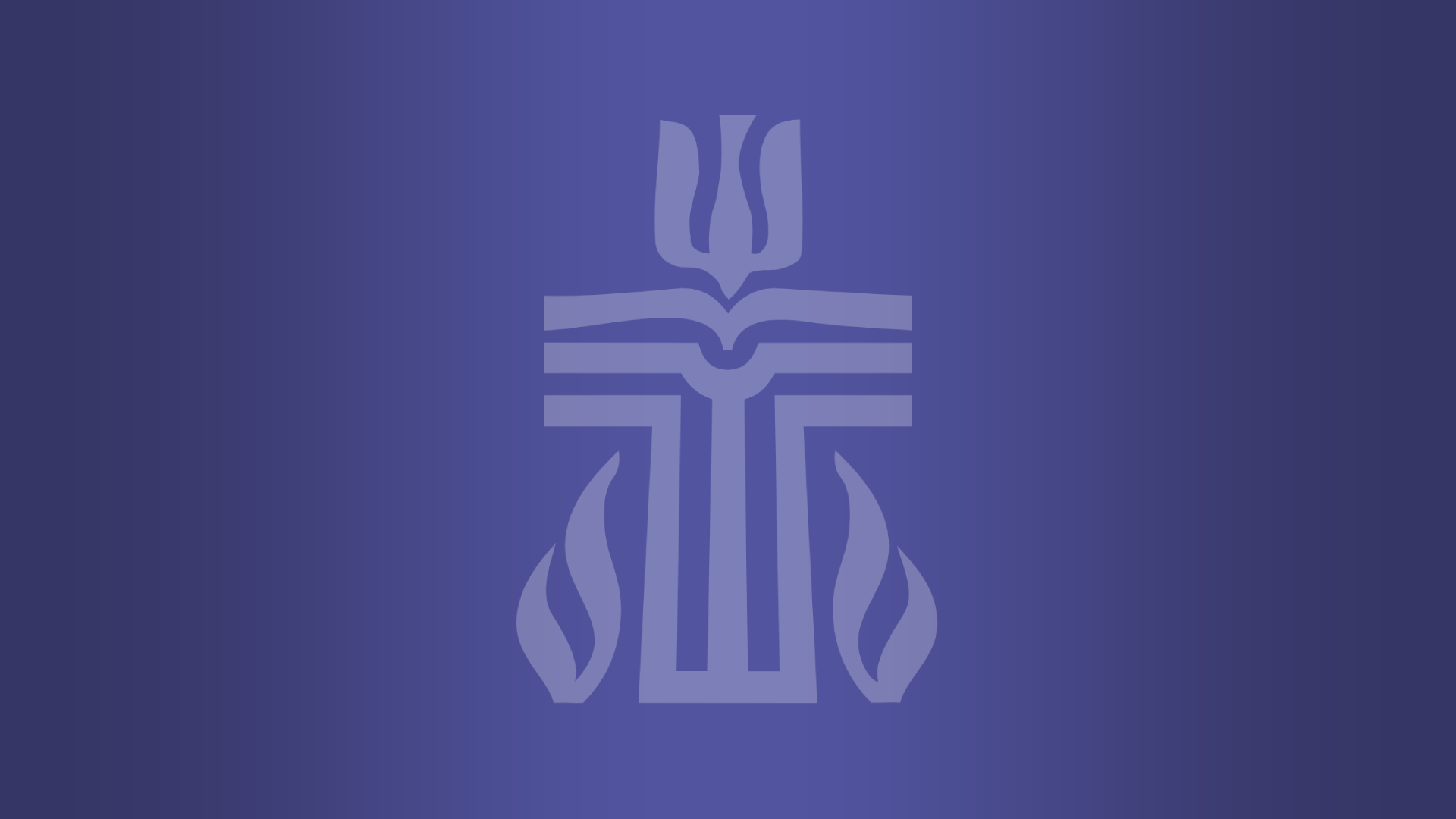Frontera de Cristo celebrates 40th anniversary
PC(USA)-supported ministry cultivates relationships on U.S.-Mexico border

Videos by Rich Copley

LOUISVILLE — Frontera de Cristo, the PC(USA)-supported ministry based in the neighboring cities of Douglas, Arizona, and Agua Prieta, Sonora, Mexico, will celebrate four decades of cultivating understanding and relationships this weekend, October 18-20.
The three-day celebration will bring together people across national, political, cultural, economic, theological, and linguistic borders to celebrate what God has done over the last 40 years to build a community that understands borders primarily as places of encounter, opportunity, and hope — instead of places of division, exclusion, and fear.
The packed agenda includes worship, conversation, music, food, coffee, gratitude and more. It culminates with a worship service at the border on Sunday morning with a newly created mural that signifies the perseverance of working together. Two U.S. and Mexican artists designed it.

“The mural will be the backdrop for closing worship and will be finished by the gathered worshiping community filling in the flowers and butterflies with our thumb prints as a sign of our commitment to work together and to witness the reality that Jesus is our peace who has broken down the dividing wall of hostility and has created us to be one new humanity,” said the Rev. Mark Adams, a PC(USA) mission co-worker and FDC’s U.S. coordinator.
Click here to access the full schedule.
History of Frontera de Cristo
According to Adams, who serves alongside Joca Gallegos, FDC’s Mexico coordinator, FDC was founded as a way of doing mission together after the National Presbyterian Church of Mexico kicked out all U.S.-based missionaries in 1972. After a 10-year hiatus, people started reflecting on how they could once again be in ministry together — as two churches sharing staff, resources, gifts, and people. In 1984, the Presbyterian Borderland Ministry was formed that included FDC, and currently includes multiple ministry areas that span church development, health, family counseling, the New Hope Community Center, mission education and Just Trade Center.
Gallegos, whose father was FDC coordinator from 1990–2005, grew up with the FDC ministry, even serving as a summer intern while attending seminary before being named coordinator in 2014.
“One of the things FDC is doing is building bridges and tables of love and communication and understanding about what is going on at both sites,” said Gallegos.

Responding in faith to the migration crisis
While the border is often seen as a problematic topic or a crisis in today’s politicized climate, faithfully responding to the realities of migration is an issue FDC has been addressing since the late 1990s, according to Gallegos.
In the late 1990s, migration from Mexico was fueled primarily by economic factors. As recently as 2018, however, families began fleeing extreme violence in Central America and have come to the U.S.-Mexico border seeking out the Border Patrol for help and to petition for asylum. Instead of beefing up the asylum process to facilitate the influx, Adams said the government put up concertina wire along the border to repel families who had no intention of evading the system.
“Usually, people talk about borders as places of division, exclusion, fear, and negative things,” said Adams. “We had a botanist from the University of Virginia tell us ‘Where bio regions come together is where there’s the most diversity of life.’ What would it mean for us as humans to define borders the way God defines borders?”
Adams hopes that people of faith will always resist dehumanizing and demonizing any people, but especially vulnerable people, and that we might be able to look and see the divine image in all, whether that's someone we know or don't know, someone who we might think is an enemy or a friend.

“God's desire is for us to live in harmony and peace, and not to be at each other's throats,” he said.
As an anchor organization of the southern border community coalition in Arizona, FDC works to share a new border vision, where borders are places of encounter, opportunity and hope and engaging our elected officials to think about the border not as a place to militarize, but to revitalize.
“These have been four administrations working together to define the border in this way. It's not one party or administration that has done this,” notes Adams. “It's administrations over three decades that have chosen to define this part of God's Creation in this way.”

‘Come visit us’
Gallegos urged Presbyterians and non-Presbyterians alike to visit the border, see the reality of the situation and experience meeting the people. She expressed her love for the growing FDC ministries and fostering more understanding in the community.
“One of the things [we do] is build relationships,” said Gallegos. “When we come together, we understand what is going on and when you get into the heart, you get into the passion of the people.”
Echoing that passion is Heather Mansell, a newly appointed Young Adult Volunteer who along with her classmates attended the YAV Orientation session at FDC as her class embarked on their 2024-25 service year recently.
“It's been wonderful to see the community here — all the staff people that work very, very hard to build up the community, to help migrants, to help people who are truly marginalized in almost every sense of the word,” said Mansell. “They are taking people into their hearts and using what they have to serve God's children. I had never seen something quite like that before, where I was so sure this is God's work being done right in front of me.”

“Our hope is when people come visit with us from churches, universities, seminaries or high schools that they’ll start thinking about borders in their own communities and how to define those spaces as well,” said Adams.
To learn more about Frontera de Cristo, or to sign up for FDC’s e-newsletter, visit here.
You may freely reuse and distribute this article in its entirety for non-commercial purposes in any medium. Please include author attribution, photography credits, and a link to the original article. This work is licensed under a Creative Commons Attribution-NonCommercial-NoDeratives 4.0 International License.




